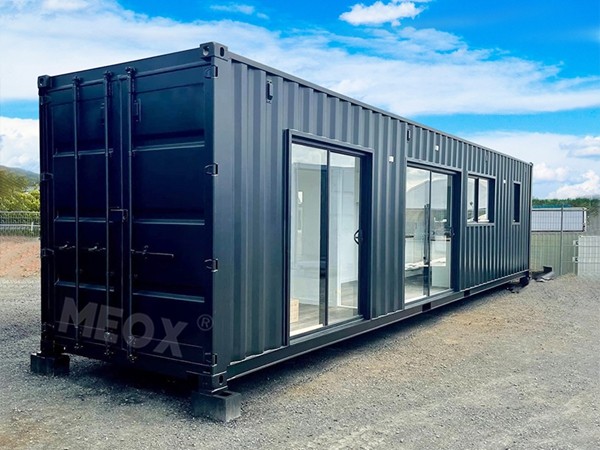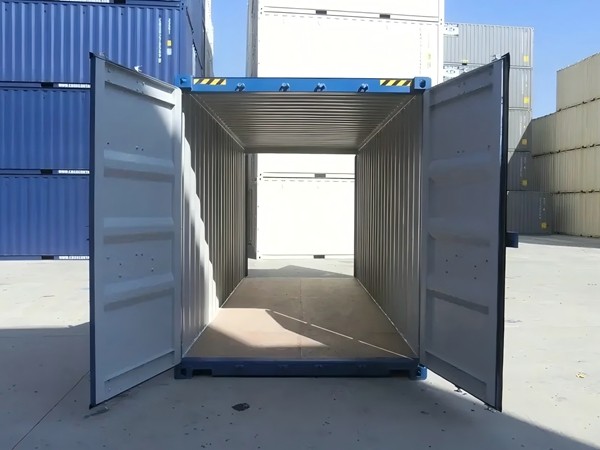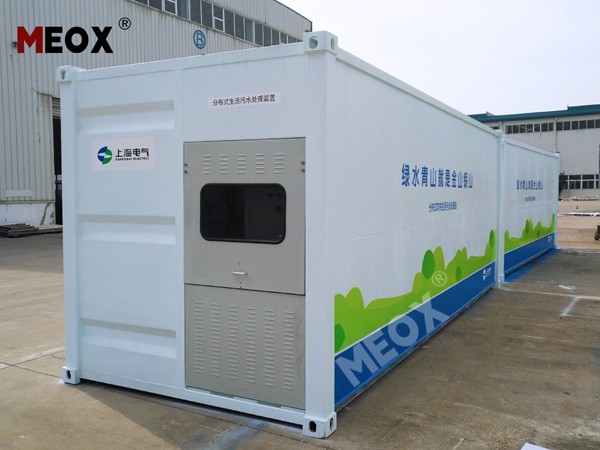Shipping container homes have surged in popularity as an innovative, sustainable, and cost-effective alternative in modern housing solutions. For those considering this unique approach to home construction, understanding the available shipping container sizes is essential for designing a habitable and efficient space. Combining real-life expertise with authoritative insights, this article delves into the different sizes of shipping containers used in home construction, highlighting their benefits, limitations, and optimal use cases.
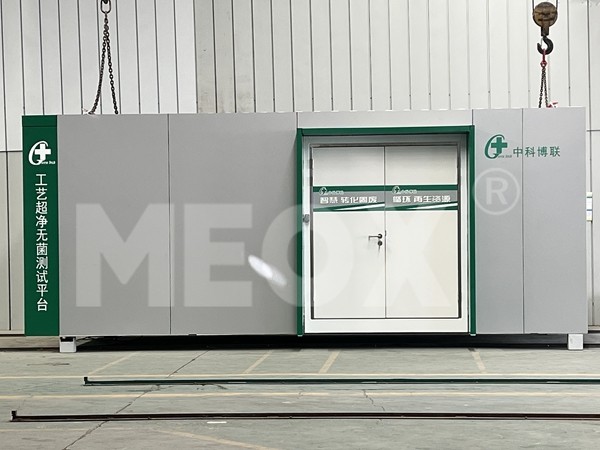
The two standard container sizes prevalent in the market are 20-foot and 40-foot containers, with the latter being more commonly used for habitability due to its larger dimensions. A 20-foot container measures approximately 20 feet in length, 8 feet in width, and 8.5 feet in height, offering around 160 square feet of floor space. Conversely, a 40-foot container features the same width and height but doubles the length to 40 feet, providing approximately 320 square feet of floor space. There are also high-cube variants of these containers which add an extra foot to the height, making them an excellent choice for those seeking additional vertical space.
Building a home with shipping containers involves more than simply stacking them on top of one another. The choice of container size influences the overall design and functionality of the home. For instance, using a 20-foot container is ideal for creating compact living spaces or adding modular sections to an existing structure. Their smaller size makes them easier to transport and position, making them suitable for remote locations with limited crane access or challenging terrain.
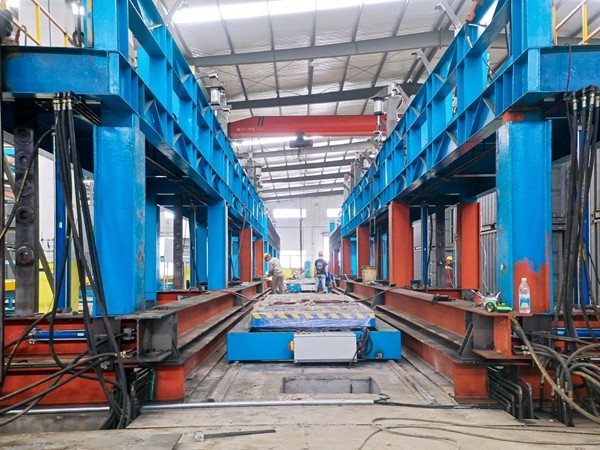
On the other hand, 40-foot containers offer greater flexibility and scope for creating larger, open-plan living areas. Their expansive floor area can accommodate additional rooms or larger common areas, making them a preferred choice for family homes or multi-functional living spaces. The high-cube variant allows for additional headroom, increasing insulation options, and enabling creative interior designs such as lofts or mezzanine levels.
The structural robustness of shipping containers also makes them a reliable option for regions prone to extreme weather conditions. Engineered to withstand the rigors of ocean transport, these containers can endure high winds, heavy snow loads, and earthquakes. When combined with proper insulation and ventilation, they can deliver energy-efficient living standards. Furthermore, using corten steel as a primary material ensures longevity and resistance to corrosion, maintaining structural integrity over decades with minimal maintenance.shipping container sizes for homes
Industry experts highlight the sustainable benefits of using shipping containers for home construction. Each repurposed container reduces the need for conventional building materials like bricks or wood, subsequently decreasing the carbon footprint associated with traditional construction methods. Additionally, customizing the layout and size of the shipping container home can lead to optimized land use, preserving valuable land resources for future generations.
Trustworthiness in shipping container homes is underscored by adhering to local building codes and regulations. Acquiring the necessary permits, involving experienced architects, and consulting structural engineers and local builders ensures safety and compliance. These measures fortify the home against natural elements and legal challenges, providing peace of mind to homeowners.
One cannot ignore the cost-effectiveness of shipping container homes. The affordability stems from the reduced labor and time required for construction compared to conventional homes. Buying and modifying used containers is often cheaper than the cost of raw materials needed for traditional construction, allowing for budget-friendly builds without compromising quality or style.
Finally, shipping container sizes empower creativity in architectural design. They are akin to building blocks that can be configured into myriad designs, from single-level studios to sprawling multi-level residences. The modular nature encourages unique aesthetic outcomes, facilitating a harmonious balance between functionality and personal taste.
Choosing the right shipping container size is pivotal in realizing a dream home that is both sustainable and economically viable. It combines ingenuity with practicality, forging a path for future housing solutions that honor both the environment and individual lifestyles.

